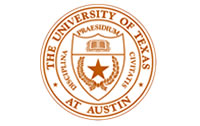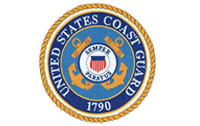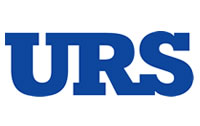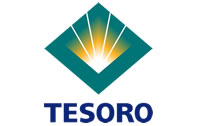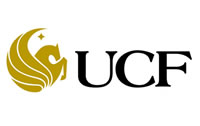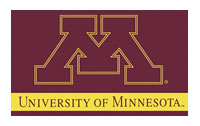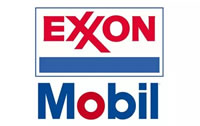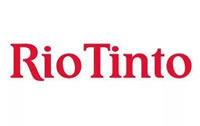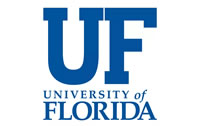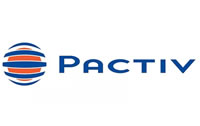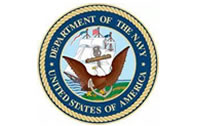I disagree with management guru Jim Collins. If your team isn’t ideal, then start with what you have. Jim Collins wrote the book “Good to Great” in 2001. When I bought the book, the cover boldly stated, “More than 800,000 copies sold.” At the time of this writing, I checked and found the book has sold more than 3 million copies. For perspective, I’m hoping to sell 5,000 copies of my new book, “The Productive Leadership System: Maximizing Organizational Reliability.”
Two of the 11 companies that were proclaimed to be great have since fallen from grace: Circuit City and Wells Fargo. Fannie Mae was also cited as a great business, but it went astray during the lead-up to the 2008 recession. In these cases I’ll concede that these organizations likely strayed from the precepts identified in “Good to Great.”
Blasphemy
The definition of blasphemy is the act or offense of speaking sacrilegiously about sacred things. Given my expected book sales, it can be argued that I’m being blasphemous when I criticize “Good to Great.”
What’s the sacred thing? Collins believes the sequence to creating a great organization is to assemble a team of disciplined people, engage in disciplined thought, and carry out disciplined action. Disciplined people means having a Level 5 Leader and getting the right people on the bus. I have no argument with the concept that getting the right people on the team is important. What I disagree with is that most organizations cannot do that first.
Regionally, companies are poaching workers from each other. The pie is not big enough. Every company is trying to get a bigger slice of the pie. In that environment, it’s really hard to attract and retain talent. Organizations may do their best, but at the end of the day they’ll fill as many open positions they can. They will staff up with people who have as much of the required knowledge and experience as they can get.
Start with what you have.
I believe if your organization is not already great, you have to start from where you are. Discipline starts with defining direction: mission, vision, values, and objectives. This is more like Collins’s disciplined thought. He says you need to confront the brutal facts (conduct an honest assessment of your situation) and have a hedgehog concept (the intersection of what you are passionate about, what you can be best in the world at, and what drives your economic engine).
I believe senior leaders must define the direction. If you want people to achieve great things, those people need to know explicitly where you’re headed. So, I say for practical cases, start with disciplined thought. Identify strengths, weaknesses, opportunities, and threats. Face the brutal facts. Assess, define, authorize, and implement policies, plans, processes, procedures, and measures that provide guidance. Leaders then guide disciplined actions in carrying out guidance, eventually creating a culture of discipline and the ability to leverage technology for continuous improvement.
Over time, organizations can develop current staff and team members. When positions open, fill them from within, promoting people who have demonstrated accountability and discipline. That’s the best way to keep the right people on the bus and get them in the right seats. People who refuse to follow direction and guidance pull other people down. They should be shown the way off the bus.
I have a great deal of respect for Collins and his team. They influenced a generation of leaders. I’m also envious of their book’s commercial success. But it is always OK to question sacred things when we live in the real world. Start with what you have. Disciplined thought, before disciplined people is the more practical approach.
About the Author: Tom Moriarty
 Tom Moriarty, P.E., CMRP is president of Alidade MER, Inc., a consulting firm specializing in asset management, reliability engineering, and leadership improvement. He is a member of SMRP (Florida Chapter Board Member and CED Director), a past Chair of ASME’s Canaveral Florida Section, and author of the book “The Productive Leadership System; Maximizing Organizational Reliability”. He has a BSME, an MBA (organizational development), is a licensed professional engineer (PE) in Florida, and a Certified Maintenance and Reliability Professional (CMRP). Contact him at tjmpe@alidade-mer.com, (321) 773-3356, or via LinkedIn at www.linkedin.com/in/alidade-mer.
Tom Moriarty, P.E., CMRP is president of Alidade MER, Inc., a consulting firm specializing in asset management, reliability engineering, and leadership improvement. He is a member of SMRP (Florida Chapter Board Member and CED Director), a past Chair of ASME’s Canaveral Florida Section, and author of the book “The Productive Leadership System; Maximizing Organizational Reliability”. He has a BSME, an MBA (organizational development), is a licensed professional engineer (PE) in Florida, and a Certified Maintenance and Reliability Professional (CMRP). Contact him at tjmpe@alidade-mer.com, (321) 773-3356, or via LinkedIn at www.linkedin.com/in/alidade-mer.


